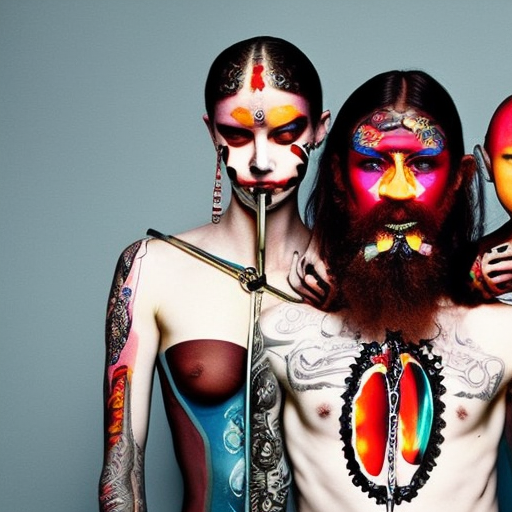Summary: Body piercing is the practice of puncturing or cutting a part of the body to create an opening for the insertion of jewelry. It has been practiced for centuries in various cultures around the world. Body piercing can be done on different body parts, including the ears, nose, eyebrows, lips, tongue, nipples, navel, and genitals. The reasons for getting pierced vary, ranging from cultural and religious traditions to personal expression and aesthetics. However, it is important to consider the potential risks and complications associated with body piercing, such as infections, allergic reactions, and scarring.
History and Cultural Significance
Body piercing has a long history and is found in various cultures throughout the world. It has been practiced for thousands of years, with evidence of body piercing dating back to ancient Egypt, Rome, and India. In many cultures, body piercing has held significant cultural and religious meanings. For example, in some African tribes, body piercings were used to indicate social status or tribal affiliation. In India, nose piercings are considered a symbol of marriage and are often worn by married women.
Types of Body Piercings
There are numerous types of body piercings, each with its own unique name and placement. Some common types of body piercings include:
- Ear Piercings: Earlobe piercings are the most common type of ear piercing, but there are also cartilage piercings, such as helix and tragus piercings.
- Nose Piercings: Nostril piercings are the most popular type of nose piercing, but septum and bridge piercings are also common.
- Facial Piercings: Facial piercings include eyebrow, lip, and tongue piercings.
- Body Piercings: Nipple, navel, and genital piercings fall under this category.
Procedure and Aftercare
The body piercing procedure involves the use of a sterilized needle or piercing gun to create an opening in the skin. It is crucial to choose a professional and experienced piercer who follows strict hygiene practices to minimize the risk of infection. After getting pierced, proper aftercare is essential to prevent complications. This includes cleaning the piercing with saline solution or a mild soap, avoiding touching the piercing with dirty hands, and avoiding swimming in pools or hot tubs until the piercing is fully healed.
Risks and Complications
While body piercing is generally safe when done by a professional, there are potential risks and complications that should be considered. Infections are one of the most common complications, which can occur if the piercing is not properly cleaned or if unsterilized equipment is used. Allergic reactions to the jewelry, such as nickel allergies, can also occur. Additionally, poor aftercare or excessive movement of the jewelry can lead to scarring or keloids. It is important to be aware of these risks and take necessary precautions to minimize them.
Personal Expression and Aesthetics
For many individuals, body piercing is a form of personal expression and a way to enhance their appearance. It allows people to showcase their individuality and style. Body jewelry comes in a wide variety of designs, materials, and sizes, allowing individuals to choose pieces that reflect their personality and preferences. From simple studs to elaborate hoops and barbells, there are endless options for body jewelry.
In conclusion, body piercing is a practice that has been around for centuries and is found in various cultures worldwide. It can be done on different body parts and serves different purposes, ranging from cultural and religious significance to personal expression and aesthetics. While body piercing can be a form of self-expression, it is important to consider the potential risks and complications associated with it. Choosing a professional piercer, following proper aftercare, and being aware of potential complications can help ensure a safe and enjoyable piercing experience.












